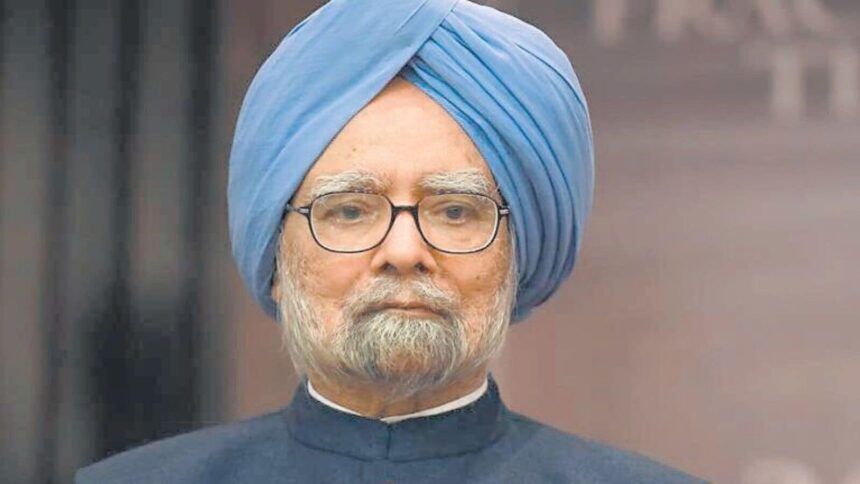Honoring the Legacy of Manmohan Singh: A Memorial for India’s Architect of Economic Reforms
The recent passing of former Prime Minister Manmohan Singh on December 26, 2024, has spurred significant discussions regarding his legacy and contributions to India’s development. Often celebrated as the architect of India’s economic reforms, Singh’s vision and leadership during tumultuous times reshaped the nation’s economy and are credited with steering it towards liberalization and globalization. As the country mourns his loss, the Central government has announced plans for a memorial in his honor, signifying the respect and recognition he commanded during his tenure.
Plans for the Memorial
The Indian government is actively engaged in identifying a suitable location for the establishment of a memorial dedicated to Dr. Manmohan Singh. Following consultations with his family, officials from the Central Public Works Department (CPWD) have visited potential sites, particularly around the Sanjay Gandhi memorial located in the Rashtriya Smriti Sthal. This area has historical significance, housing memorials for many political leaders, which makes it an apt choice for Singh’s tribute.
Sources indicate that the government is deliberating between three to four potential locations, although no final site has been confirmed yet. Conversations between government officials and Singh’s family are prioritized to ensure that the memorial reflects his legacy and contributions appropriately.
A Trust for the Memorial
To facilitate the creation of the memorial, the government intends to establish a trust. This trust will oversee the management and allocation of the selected land, ensuring that the memorial fulfills its purpose as a site of remembrance and learning for future generations. Reports suggest that the government has already expressed its commitment to honor Singh through this gesture, emphasizing the importance of recognizing his contributions to the nation.
The Legacy of Manmohan Singh
Dr. Manmohan Singh served as India’s Prime Minister from 2004 to 2014 and is widely recognized for his pivotal role in liberalizing the Indian economy in the early 1990s. His technocratic approach, coupled with an economist’s insight, led to significant policy changes that modernized India’s economic landscape. Before his tenure as Prime Minister, Singh served as the Finance Minister during a critical period when India faced economic crisis.
His passing at age 92 due to age-related complications has left a substantial void in Indian politics. Many leaders, including those from opposition parties, have acknowledged his influence, highlighting the respectful manner in which he led the nation through both challenges and advancements.
Political Responses to His Passing
While the proposal for a memorial garners support, it hasn’t been without controversy. The Congress party criticized the handling of Singh’s last rites, which were held at Nigambodh Ghat, reflecting a broader dialogue about the treatment of political legacies in India. Concerns about the appropriateness of this site for someone of Singh’s stature have been raised, highlighting the sensitive nature of political memorialization.
Additionally, regional leaders like Himachal Pradesh Chief Minister Sukhvinder Singh Sukhu have taken it upon themselves to celebrate Singh’s legacy locally, announcing the renaming of the Himachal Pradesh Institute of Public Administration after him. This move symbolizes not only state-level respect for Singh’s contributions but also an effort to preserve his memory in areas he influenced during his life.
Conclusion
The discussions surrounding the memorial for Manmohan Singh are a testament to his enduring legacy and the profound impact he had on India. As the government works towards finalizing a fitting tribute, it reflects a collective acknowledgment of the significant strides India made under his guidance. This memorial, alongside other honors, promises to serve as a poignant reminder of his contributions and the principles he advocated throughout his life.










